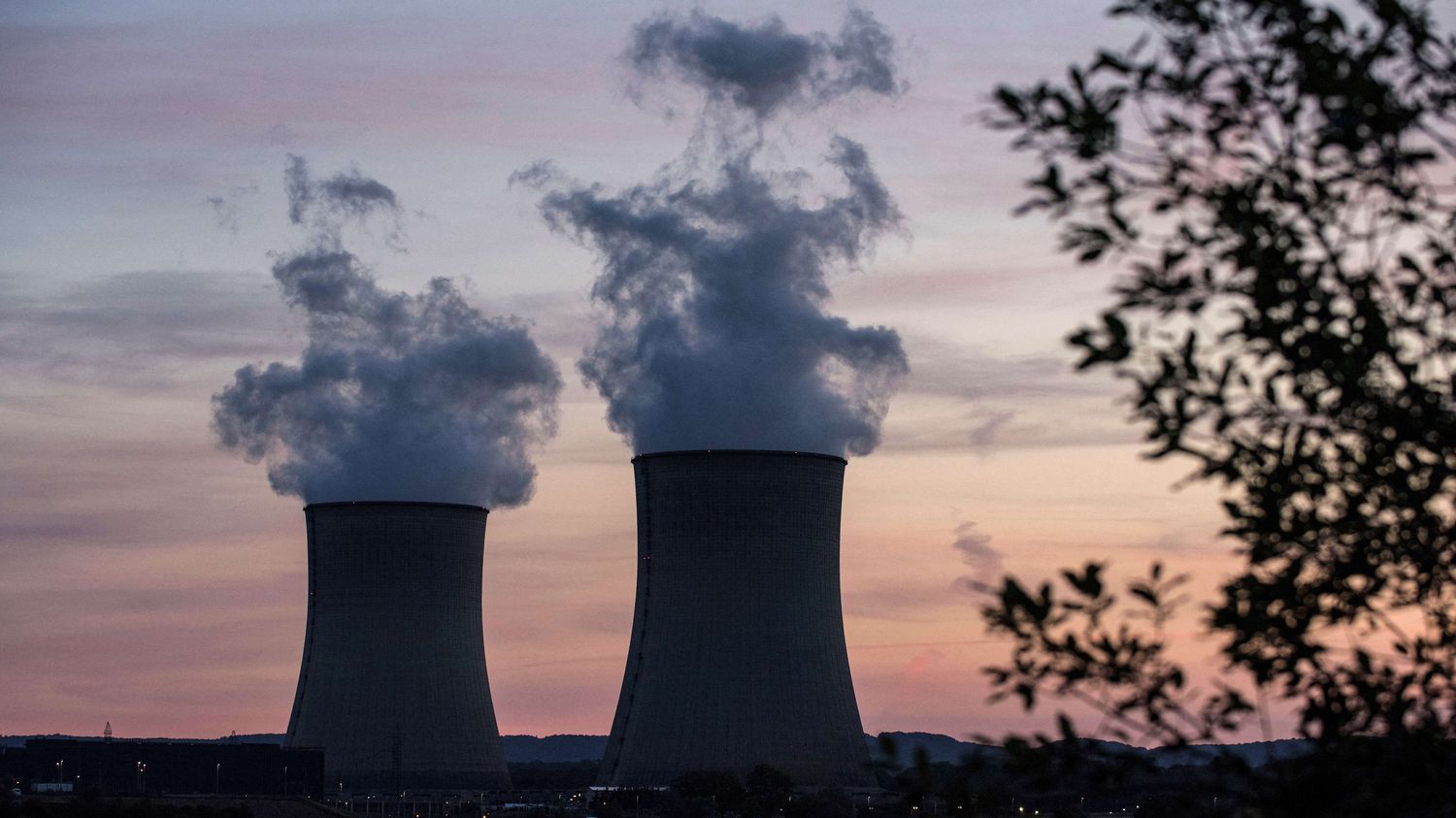The deputy director of safety expertise at the Institute for Radiation Protection and Nuclear Safety estimated this Friday on franceinfo that EDF must extend its control program to other sites in the French nuclear fleet.
“EDF must extend its control program to other reactors”alert this Friday on franceinfo Olivier Dubois, deputy director of safety expertise at the Institute for Radiation Protection and Nuclear Safety (IRSN), while EDF has detected another defect “not insignificant” due to a phenomenon known as thermal fatigue on a weld of an emergency pipe in two reactors, according to the Nuclear Safety Authority (ASN). The two nuclear power plants concerned are those of Penly (Seine-Maritime) and Cattenom (Moselle). These cracks are “due to repetitive temperature variations over a long period of time”, he explained. The problem, according to the nuclear security expert, is that “these checks are difficult to carry out”because they are carried out “in an area where there is radioactivity”, he pointed out. We must therefore do “enough checks to find faults”but “don’t overdo it either”to protect personnel.
franceinfo: Are these cracks usual?
Olivier Dubois: Thermal fatigue is a bit more common. It is something that is known. This was the origin of the leak from the Civaux reactor in 1998. It is also a phenomenon which had been observed at Dampierre in the 1992s. It is a phenomenon which is better known than stress corrosion on these pipes , but he was not expected there. EDF’s fatigue inspection program is obviously not suitable since the corresponding welds had not been inspected.
Do other checks need to be done?
EDF must extend its inspection program to other reactors and to other welds on the same pipes, since the weld which was checked on this pipe to check for fatigue was not the one on which thermal fatigue occurred. was found thanks to the check made to detect corrosion. This is also the recommendation made, after the previous discovery, the Nuclear Safety Authority.
Why are these checks not done? For lack of means?
It’s not just for lack of means, it’s because these checks are difficult to carry out. We are in an area where there is radioactivity. The personnel who carry out the checks will therefore suffer doses and therefore all of these constraints must be taken into account to carry out sufficient checks to find faults when there are any. But do not overdo it either, especially for personnel dosimetry aspects.
>>VIDEO. Cracks in nuclear reactors: “This is a sign that there is a problem with the sector”, warns Julien Bayou
Do these thermal fatigues exist because they are old reactors?
The term thermal fatigue is an established term in the field of mechanics. It is a damage mechanism due to repetitive temperature variations over a long period of time. It is a phenomenon that appears over time. These pipes must be designed in such a way as to avoid repetitive temperature variations. In particular, the piping must be well designed in areas where there are mixtures between cold fluids and hot fluids. So the design is something very important to avoid thermal fatigue. Pipes that currently have cracks related to thermal fatigue, they must be replaced. In any case, EDF has embarked on a project to repair the pipes affected by stress corrosion and will repair these pieces of pipe affected by fatigue in the same way.
How quickly can these checks be done?
They can only be done if the reactors are shut down. The reactors are already shut down, this is the case for the Penly 1 and Cattenom 2 and 3 reactors. Checks are in progress. Then the checks will be carried out at the rate of reactor shutdowns, which may need to be adapted to carry out these checks quickly enough.
